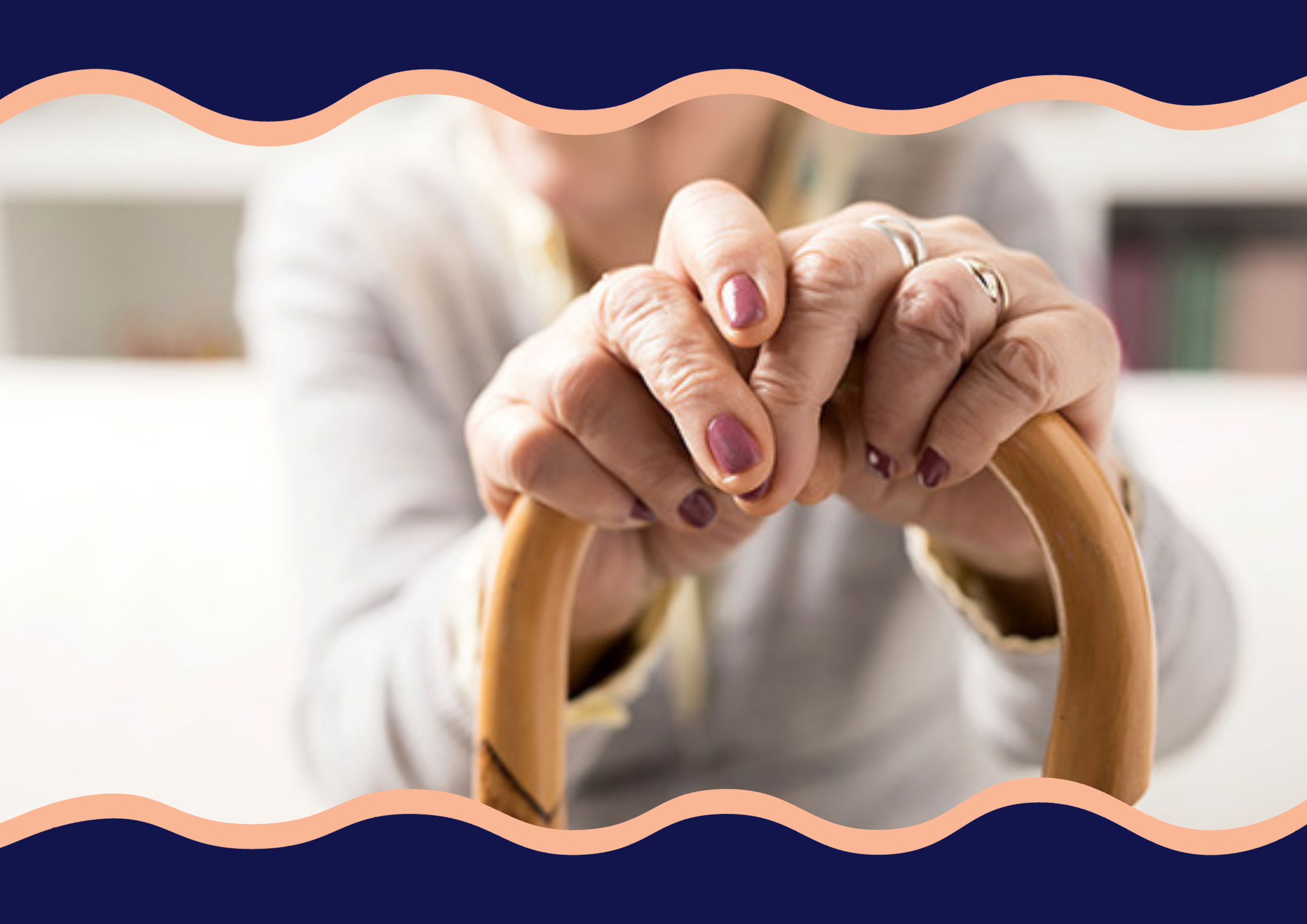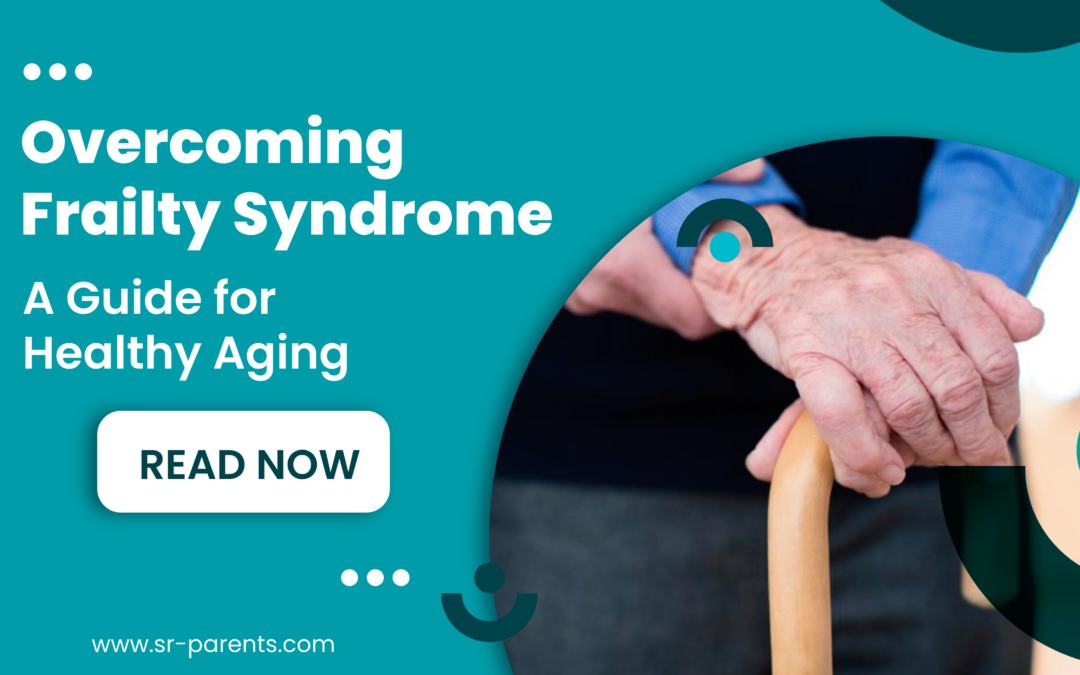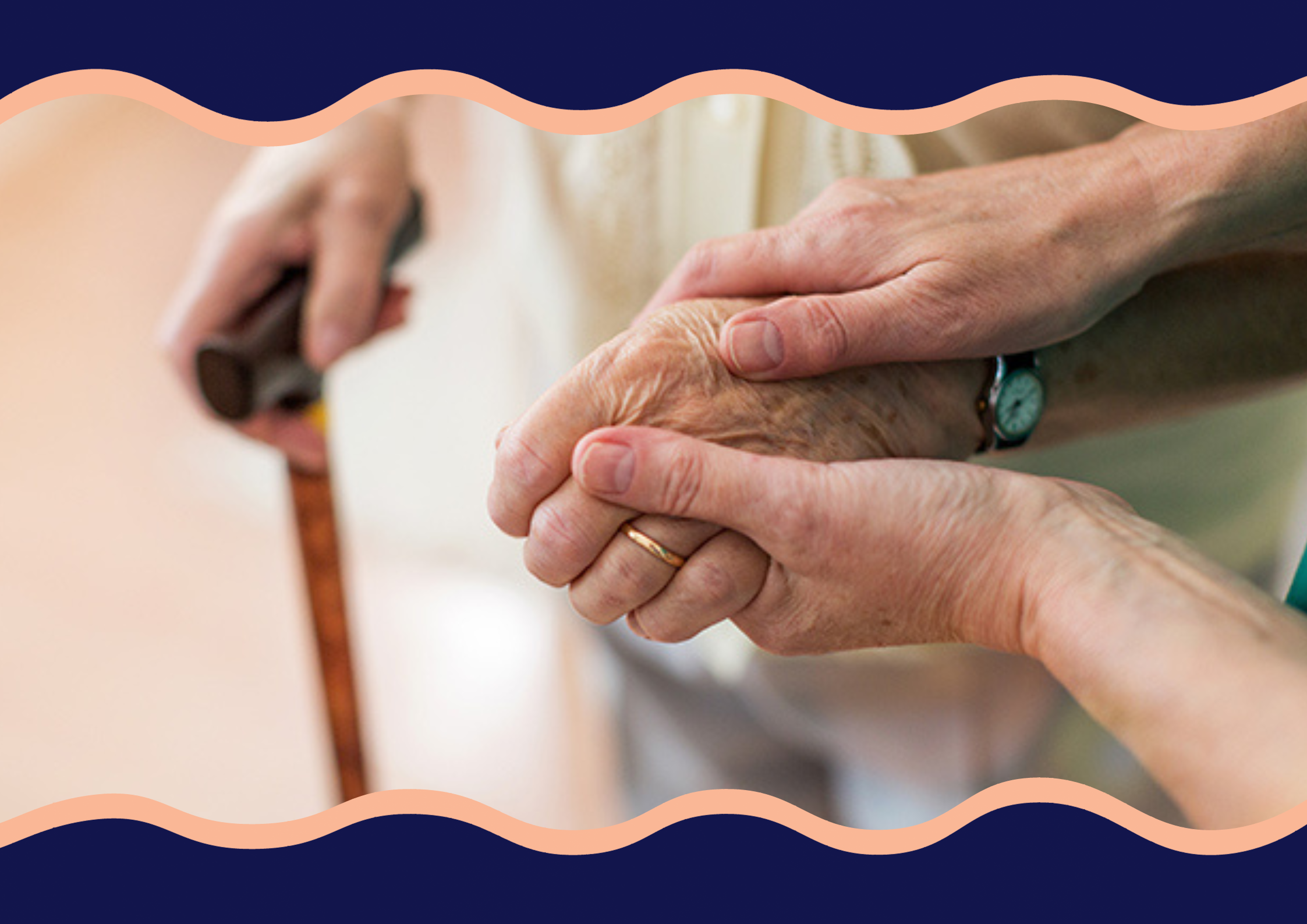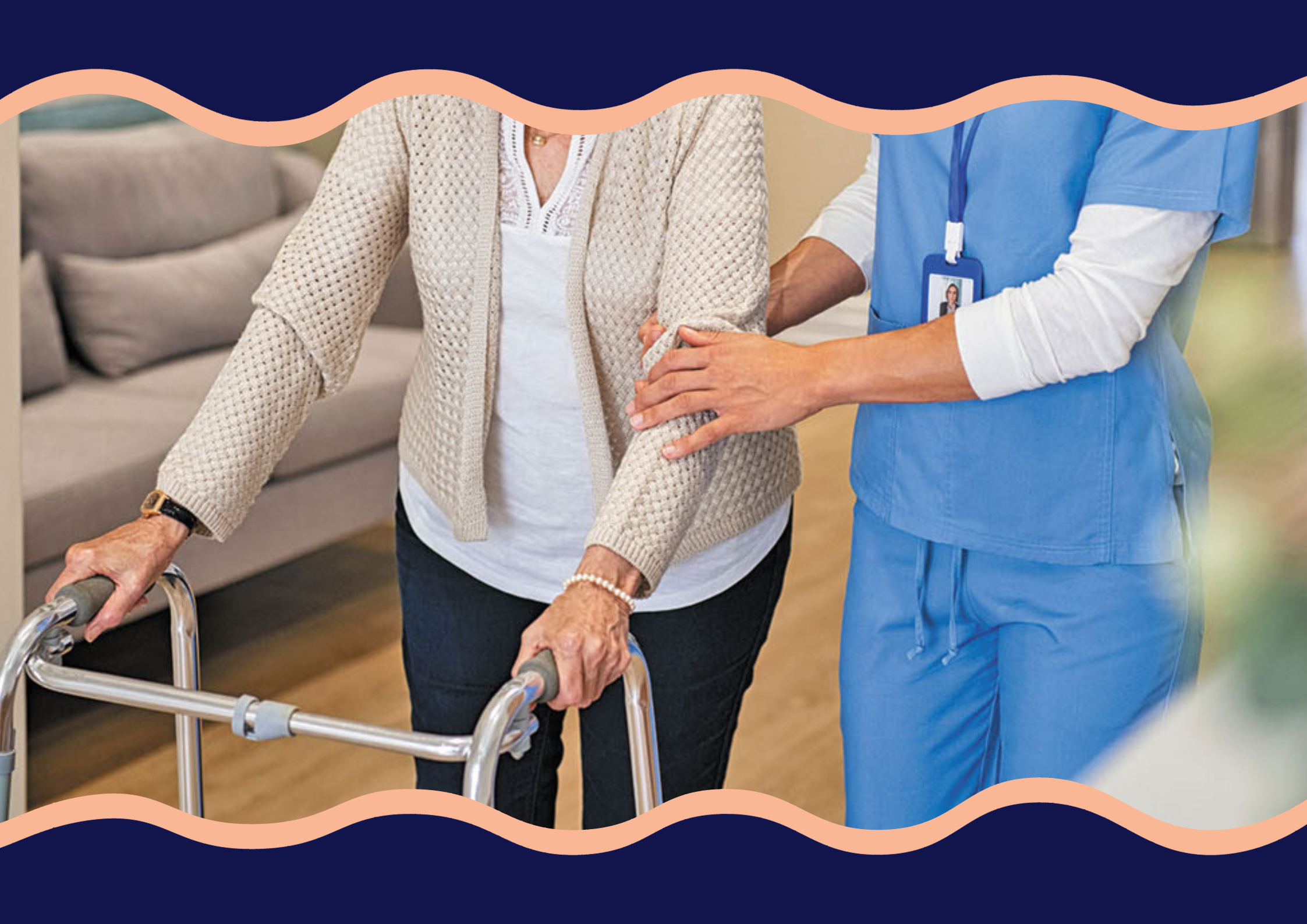Frailty syndrome might sound like a distant concept, but it’s closer than you think. It affects countless older adults, perhaps someone you know, maybe even you in the future. Understanding frailty syndrome is not just about medical knowledge. It’s about preparing for a healthier, stronger future.
This condition is more than just the natural wear and tear of aging. It’s a complex health issue that can significantly alter daily life. But here’s the good news. Knowledge is power. Knowing about frailty syndrome allows you to tackle it head-on.
Why should you care? Because understanding frailty syndrome can transform how you or your loved ones experience aging. It’s about maintaining independence, strength, and vitality. Also, it’s about living your golden years to the fullest.
So, let’s dive in. Read on to uncover the layers of frailty syndrome and learn how to combat it. This journey is not just for those experiencing it, but for everyone who values their health and well-being as they age.
Credits: @mandyarchibald6426
Contents
What is Frailty Syndrome?
Frailty syndrome is a complex condition. It’s not just about being old and frail. This condition often involves a significant decline in muscle mass and function. It specifically affects older adults, impacting their quality of life.
In medical terms, frailty syndrome is distinct from normal aging. It involves a noticeable reduction in physical strength and endurance. This decline in muscle function can affect daily activities. It’s not just about losing muscle. It’s how this loss changes an older person’s ability to function.
One key aspect is the loss of muscle mass. It’s a core feature of frailty syndrome. This isn’t about a few missed workouts. It’s a gradual but impactful reduction. Over time, this loss makes simple tasks harder for older adults.
So, what exactly does frailty syndrome look like? Imagine someone who used to walk briskly. Now, they walk slowly, showing a sign of muscle function decline. This slow walking speed is often a tell-tale sign of frailty. It’s not just the pace. It’s what this slowing down represents.
Frailty syndrome is a critical concept in geriatric medicine. It helps professionals identify older adults at risk. These individuals may need specific care to maintain muscle mass and overall health.
Frailty syndrome is more than aging. It’s a significant decrease in muscle mass and function. It affects how older adults live and manage their day-to-day lives. Recognizing it early is key to providing the right support and care.
What Causes Frailty Syndrome?
The Risk Factors
Frailty syndrome doesn’t just appear out of nowhere. It’s often the result of several factors. Knowing these can help in prevention and management. Let’s dive into what causes frailty and the risks involved.
Age is a big player here. As people get older, they’re more likely to become frail. This doesn’t mean every older adult will experience it. But the risk increases with age. It’s a part of aging, but not an inevitable one.
Muscle loss is a major cause. It happens gradually as people age. This isn’t just about muscles getting smaller. It’s about losing muscle strength and function. When muscles weaken, older adults find it harder to do everyday tasks.
Another key factor is chronic diseases. Conditions like heart disease or chronic inflammation can contribute. They put a strain on the body, leading to muscle weakness and frailty.
Physical activity, or rather the lack of it, is crucial. Low physical activity leads to more muscle loss. Older adults need regular exercise to keep their muscles strong. It’s not just about avoiding frailty. It’s about maintaining overall health.
Weight loss, especially unintentional, is a red flag. It often goes hand in hand with muscle loss. When older adults lose weight without trying, it might signal frailty.
Frailty risk increases with certain lifestyle choices too. A diet lacking in nutrients can lead to muscle weakness. Staying active, both mentally and physically, is vital.
Frailty syndrome results from a mix of factors. Age, muscle loss, chronic diseases, and low physical activity are key. Recognizing these can help in tackling frailty. It’s about taking proactive steps to stay healthy as we age.
Symptoms of Frailty Syndrome
Identifying frailty syndrome early is crucial. But what signs should we look for? Let’s break down the common symptoms.
Slow walking speed is a clear indicator. It’s not just about age-related slowing down. It’s a noticeable change in how an older adult moves. If someone who once walked briskly now moves slowly, it might be frailty.
Another symptom is muscle weakness, especially reduced grip strength. This isn’t just feeling weaker. It’s a measurable decrease in how much force the muscles can exert. It can make opening jars or holding things difficult.
Weight loss plays a big role, too. We’re talking about unintentional weight loss here. Losing weight without trying can be a sign of underlying issues, including frailty.
Trouble standing from a seated position is another symptom. It’s not just a one-time struggle. It’s consistently difficult to get up without help.
Frailty affects everyday tasks. Simple activities become challenging. This could range from walking to the store to doing household chores.
Slow walking speed, muscle weakness, and weight loss are key signs. Trouble standing and struggling with daily tasks are also indicators. Recognizing these symptoms can lead to early intervention. This can make a big difference in managing frailty syndrome.
The Reach and Effect of Frailty Syndrome
Frailty syndrome is more common than many realize. Let’s explore its prevalence and the impact it has on lives.
Frailty affects a significant number of older adults. It’s not a rare condition. Studies suggest a varying prevalence, but it’s clear that many older people deal with it.
The impact of frailty is profound. It’s not just about individual health. It affects families, healthcare systems, and society. Frail older adults face a higher risk of falls, disability, and other adverse outcomes. This can lead to a need for long-term care.
Frailty also increases hospitalization rates. It can complicate the management of other chronic conditions. This puts a strain on healthcare resources.
The social impact is also noteworthy. Frailty can lead to isolation and reduced quality of life. Older adults may find themselves unable to participate in activities they once enjoyed.
Frailty syndrome is a widespread issue among older adults. Its effects are far-reaching, impacting health, independence, and societal resources. Understanding its prevalence helps in preparing better care and support systems.
ACTIVEnABLE.com provides a large selection of high performance exercise therapy products from hand exercisers to cardio equipment, stretching to strength building.
Preventing and Managing Frailty Syndrome

Frailty syndrome can be daunting, but it’s not inevitable. Let’s talk about how to prevent and manage it.
First, physical activity is key. Regular exercise keeps muscles strong and functional. It’s not just about intense workouts. Simple activities like walking or stretching can make a big difference.
Nutrition plays a huge role. Maintaining muscle mass is easier with a balanced diet. This includes adequate protein, vitamins, and minerals. It’s about fueling the body to stay strong.
Weight management is crucial. Both weight loss and gain can impact frailty. Keeping a healthy weight is important for older adults. It’s not just about the scale. It’s about overall health.
Prevention also means regular health check-ups. Early detection of chronic conditions can prevent complications. This includes managing heart disease or chronic inflammation.
For those already experiencing frailty, management is important. This involves tailored exercise programs and dietary adjustments. It’s about improving functional capacity, not just treating symptoms.
Stay strong as you age. Exercise, eat well, and keep up with health check-ups. This can reduce your risk of becoming frail and help manage it if it occurs.
Frailty Syndrome in the Scope of Geriatric Medicine

Frailty syndrome holds a special place in geriatric medicine. It’s a primary focus for many healthcare professionals. Let’s delve into its role and treatment.
In geriatric medicine, frailty is a key indicator of an older adult’s health. It helps doctors assess the risk of complications and the need for specialized care. Recognizing frailty early can lead to better outcomes.
The American Geriatrics Society emphasizes its importance. They advocate for increased awareness and screening. It’s about catching frailty early to manage it effectively.
Treatment often involves a holistic approach. This includes physical therapy to maintain muscle mass and function. It’s not just about exercise. It’s about tailored activities to meet individual needs.
Nutrition is also a critical part of treatment. A diet rich in nutrients supports muscle health. This is especially important for those already considered frail.
Johns Hopkins, a leader in medical research, contributes significantly here. Their research helps refine frailty criteria and treatment approaches. It’s about advancing care for older adults.
Frailty is a central concern in geriatric medicine. With proper attention, older adults can maintain a better quality of life. Awareness, early detection, and a holistic approach are key.
Healthy Aging Beyond Frailty Syndrome
Healthy aging is more than avoiding frailty. It’s about thriving in your later years. Let’s explore how.
Healthy aging and frailty syndrome are not the same. Aging healthily means maintaining physical and mental well-being. It’s about enjoying life, not just living it.
Physical activity is crucial. It helps in maintaining muscle mass and strength. Regular exercise can keep you strong and reduce the risk of frailty.
Nutrition is equally important. A balanced diet supports muscle health and overall well-being. It’s not just about what you eat but how it nourishes your body.
Mental stimulation keeps the mind active. Activities like reading or number puzzles can be beneficial. They keep the brain engaged and sharp.
Social connections also play a role in healthy aging. Staying connected with others can boost emotional and mental health. It’s about sharing experiences and staying active in the community.
Healthy aging is a lifelong journey. It’s about making choices that support your physical and mental health. Stay active, eat well, and keep your mind engaged. This approach can help you age gracefully and healthily.
Discover a helping hand for seniors in transition or caregivers assisting their loved ones with moving. Explore Mobility-Aids.com for valuable resources and support tailored to make the relocation process seamless and stress-free.
Lifestyle Adjustments
Making small lifestyle changes can hugely impact managing frailty syndrome. Let’s explore how.
Starting with physical activity, it’s not about intense workouts. Incorporating daily walks or gentle exercises can boost muscle function. This helps maintain muscle mass, which is crucial in preventing frailty.
Nutrition is next. Small changes like adding more protein and vegetables can make a difference. These nutrients are vital for muscle health and overall well-being.
Mind engagement is equally important. Activities like puzzles or learning new skills keep the brain active. This supports cognitive health, which is linked to physical well-being.
Social interaction plays a key role too. Regular conversations with friends or joining clubs can combat isolation. It’s about staying connected and engaged with the community.
Lastly, regular health check-ups are essential. Catching potential issues early can prevent complications linked to frailty.
These lifestyle adjustments are simple but effective. They can significantly lower the risk of frailty syndrome. It’s about taking small, consistent steps towards a healthier life.
Wrapping It Up
As we wrap it up, let’s reflect on what we’ve learned about frailty syndrome. It’s a complex yet manageable condition.
Frailty syndrome, affecting many older adults, is not just an inevitable part of aging. It’s a distinct health issue that can be addressed. It is crucial to recognize its signs, like muscle loss and slow walking speed.
Prevention is key. Regular physical activity, a balanced diet, and managing weight can make a huge difference. These steps help maintain muscle mass and overall health.
In geriatric medicine, frailty is a focus area. Early detection and tailored care are essential. Organizations like the American Geriatrics Society are leading this charge.

Healthy aging is about more than avoiding frailty. It involves staying physically and mentally active, eating well, and keeping socially engaged. It’s about enjoying life at every age.
Knowledge about frailty can empower us. Understanding frailty syndrome helps us make informed health choices. Stay active, eat well, and stay connected. Here’s to healthy aging and a better quality of life!
Discover a helping hand for seniors in transition or caregivers assisting their loved ones with moving. Explore Mobility-Aids.com for valuable resources and support tailored to make the relocation process seamless and stress-free.
FAQs
What exactly is frailty syndrome?
Frailty syndrome is more than just aging. It’s a decline in muscle mass and strength affecting older adults’ daily activities.
How can I tell if someone is experiencing frailty?
Look for signs like slow walking speed, reduced grip strength, and noticeable weight loss. Trouble with daily tasks is another indicator.
Are there ways to prevent becoming frail?
Yes! Regular physical activity, maintaining a balanced diet, and managing weight are key. They help maintain muscle mass and overall health.
Does frailty syndrome only affect physical health?
No, it impacts both physical and mental health. It can lead to increased isolation and reduced quality of life.
Can frailty syndrome be reversed?
While it can’t always be fully reversed, proper management can improve symptoms. This includes tailored exercises and good nutrition.
Learn More About Senior Care!
Learn about senior care and much more with us. We provide essential tips and tricks for taking care of your senior loved ones. Follow us on social media to stay updated with practical advice and supportive information.
Facebook: https://www.facebook.com/sr.parents
Instagram: https://www.instagram.com/seniorparents/
Twitter: https://twitter.com/senior_parents
For more on senior care, visit our site: SRParents.com. Empower yourself with the knowledge to provide the best care for your elderly parents!












